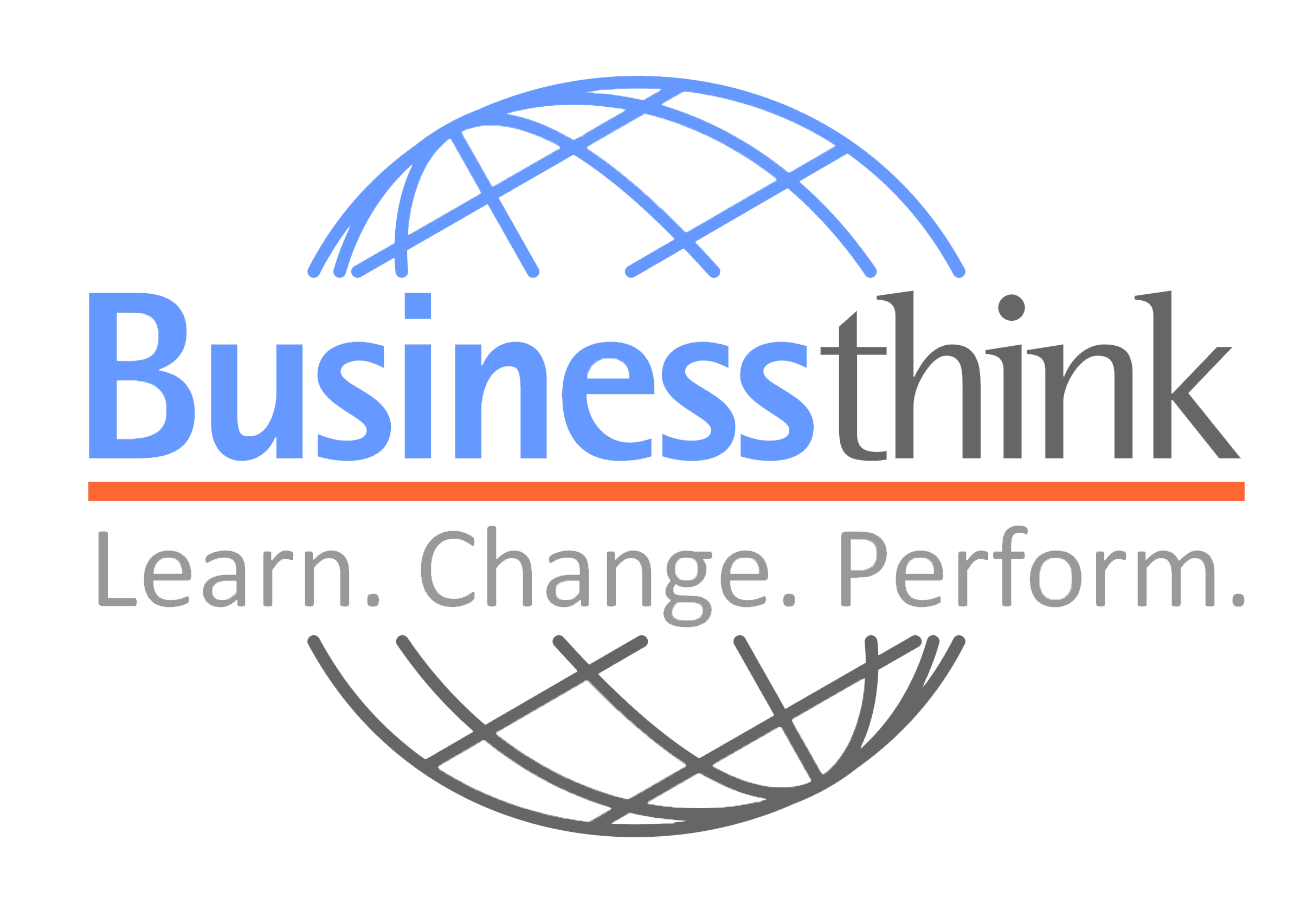7.4.1 Promo Budget
The Marketing Budget Detail screen allows companies to allocate their Promo Budget among five different media channels. Projections of the upcoming round’s awareness display in a bar chart at the bottom of the screen.
Reach and Frequency
From a strategic marketing perspective, it is important to recognize that each segment responds differently to each media type. Relative strength is driven by two factors:
- Reach — The potential number of customers who would see the message;
- Frequency — The number of times a message is repeated.
In theory, every customer could eventually see your message if it were repeated with enough frequency. However, it would be prohibitively expensive to try and reach every occasional magazine reader. Using Print Media for the Traditional Segment as an example, placing an ad one time will reach 25% of all Traditional customers. Running the ad a second time will reach a somewhat different group of Traditional customers (still totaling 25% of all Traditional customers). However, there is an overlap between the first and second groups. Some customers see the ad twice, some for the first time. Each repetition catches a group of new customers, and exposes a group of former readers to the ad. It becomes increasingly difficult to get every potential customer to see the ad (Reach), but on the other hand, each time a customer sees the ad (Frequency), the more likely it is that the message will be remembered.
An impression is created each time a customer sees your message.
Target Segment
The list boxes beneath the product names on the Marketing Budget Detail spreadsheet indicate the primary segment towards which promotions will be targeted.
Print Media
For each product, enter the budget in thousands you wish to spend in Print Media — industry-related magazines and newspapers.
Your staff will optimize Reach and Frequency for whatever dollar amount you choose.
Potential Reach varies by segment:
- Traditional — Good
- Low End — Good
- High End — Poor
- Performance — Poor
- Size — Fair
Diminishing returns apply — as the number of ads increases, each ad produces smaller gains in message retention and leads. Beyond $700 thousand per product, the cost to gain additional awareness becomes prohibitive.
Direct Mail
Enter your Direct Mail budget in thousands for each product. Campaigns send one piece of literature about your product to a purchased mailing list. Lists are selected on the basis of SIC code, job title, and similar factors.
Potential Reach varies by segment:
- Traditional — Good
- Low End — Good
- High End — Fair
- Performance — Poor
- Size — Poor
Diminishing returns apply — as the number of mailings increases, each mailing produces smaller gains in message retention and leads. Beyond $800 thousand per product, the cost to gain additional awareness becomes prohibitive.
Web Media
For each product, enter the budget in thousands for industry-related websites and search engines. However, this method creates many wasted hits. In a search engine, you might produce hits on sensor, electronic, temperature, RPM, etc. Hits are usually a product of single-word matches, not of phrases (although some search engines will produce hits on phrases). Therefore, while your search engine ads are far more likely to reach customers than a generic banner ad, only a few of the hits are seen by relevant customers.
Potential Reach varies by segment:
- Traditional — Poor
- Low End — Poor
- High End — Fair
- Performance — Good
- Size — Good
Diminishing returns apply — as the number of ads increases, each ad produces smaller gains in message retention and leads. Beyond $500 thousand per product, the cost to gain additional awareness becomes prohibitive.
For each product, enter your budget in thousands for a Email campaign. An Email campaign is similar to Direct Mail. You purchase a list from a marketing company, and they send an email on your behalf to a targeted list (job title, SIC code, etc.) Readers are invited to respond directly or click a hyperlink to your website.
Potential Reach varies by segment:
- Traditional — Poor
- Low End — Poor
- High End — Fair
- Performance — Good
- Size — Good
Response rates vary with the caliber of the list and the frequency. Diminishing returns apply – as the number increases, each campaign produces smaller gains in message retention and leads. Beyond $600 thousand per product, the cost to gain additional awareness becomes prohibitive.
Trade Shows
Trade Shows allow you to meet face to face with your customers in a convention-like setting. Enter your budget in thousands for trade shows. Potential Reach varies by segment:
- Traditional — Fair
- Low End — Fair
- High End — Good
- Performance — Fair
- Size — Poor
Diminishing returns apply. As the number of shows increases, each show produces smaller gains in message retention and leads. Beyond $300 thousand per product, the cost to gain additional awareness becomes prohibitive.
Capsim Capstone Business Simulation India is your gateway to a real-world business simulation, highly regarded by universities and businesses globally, including those in India. It provides invaluable insights into practical business operations.

